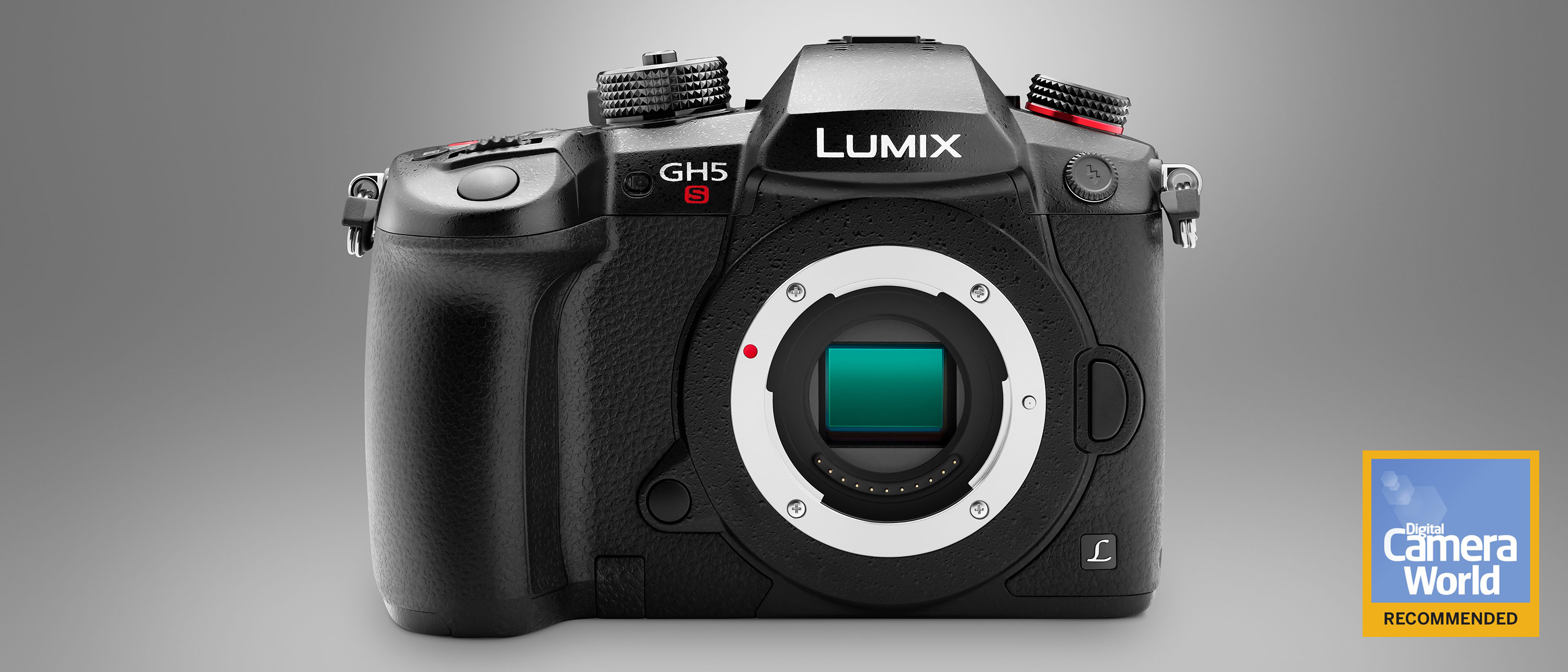Digital Camera World Verdict
As a 4K video camera, the GH5S is extremely powerful and extremely good value. Our real-world tests indicate its high ISO performance still lags slightly behind its bigger-sensor rivals, but professionals will love its high frame rates, 10-bit 4:2:2 recording and high bitrates. It’s not all good, though; the lack of sensor-based stabilisation will put many people off, and the 10MP resolution is just too low for it to be a convincing stills camera.
Pros
- +
High-end 4K video
- +
Dual Native ISO
- +
Twin UHS-II card slots
Cons
- -
10.2MP stills
- -
No sensor-based stabilisation
- -
Controls not optimised for video
Why you can trust Digital Camera World
UPDATED 21/11/2018: As you would expect top-end cameras tend to get powerful video features, but this is a case of Panasonic putting video first. You can shoot perfectly good still images with the Lumix GH5S, but its 10.2MP sensor is designed with its full focus on video. In other words, it’s aimed squarely at videographers who might also need to shoot stills, instead of the other way around.
If the GH5S was solely a video camera, we wouldn’t be reviewing it. In fact, it’s a fascinating crossover camera of a type that could become increasingly common as the boundaries between the stills and video markets continue to blur, though its video-first approach at the expense of stills makes it hard to recommend as one of the best cameras for filmmaking.
Read more: 9 things you need to know about the Panasonic GH5S
Amateur photographers might still distinguish clearly between stills and video, but professionals are increasingly being asked to shoot both – and the hardware introduced at the professional end of the market has a habit of filtering down into consumer models.
See also: Best Panasonic cameras • Best hybrid cameras

For videographers, the GH5S specs are sensational, though it’s only when you drill down into the technical details that the difference between this and regular cameras that shoot 4K video start to become apparent.
For stills photographers, it’s a different story – and the biggest turn-off for stills shooters will be the 10.2MP resolution. That’s about half the resolution of what most photographers today would consider a working minimum, though it’s still enough for a top-quality A4 print, or a full page in a magazine.
Key features
- Sensor: 10.2MP MFT Live MOS, 17.3×13.0mm
- Image processor: Venus
- AF points: 225-point DFD contrast AF
- ISO range: 160-51,200 (expandable to 80-204,800)
- Max image size: 3,680 x 2,760
- Metering zones: 1,728
- Video: C4K/4K UHD at up to 60/50fps, full HD at up to 240fps
- Viewfinder: OLED EVF, 3,68m dots
- Memory card: 2x SD/SDHC/SDXC (both UHS-II)
- LCD: 3.2in vari-angle touchscreen, 1,62m dots
- Max burst: 11fps (with AF-S), 7fps (with AF-C)
- Connectivity: Wi-Fi, Bluetooth
- Size: 138.5 x 98.1 x 87.4mm
- Weight: 660g (with battery and memory card)
The GH5S can also shoot continuously at 12fps in AF-S mode (with the focus locked to that of the first frame), or 8fps with continuous autofocus. That’s if you’re happy with 12-bit Raw files, though. If you want the extra tonal depth of 14-bit Raw files, which is generally what high-end stills cameras shoot, the frame rate drops to 11fps with single-shot AF, or 7fps with continuous autofocus.
Given the camera’s formidable 4K processing power (which we’ll come to shortly), that’s mildly disappointing. However, Panasonic does leverage this processing power in its 4K PHOTO mode, where the GH5S can capture 4K stills at an impressive 60fps. These stills are around 8MP in size, and while that’s a big drop on one of Panasonic’s 20MP models, like the Lumix G9, the drop from 10MP to 8MP on the GH5S is pretty small, which makes this 4K PHOTO mode a very interesting proposition for action photography.
Read more: Panasonic G9 review
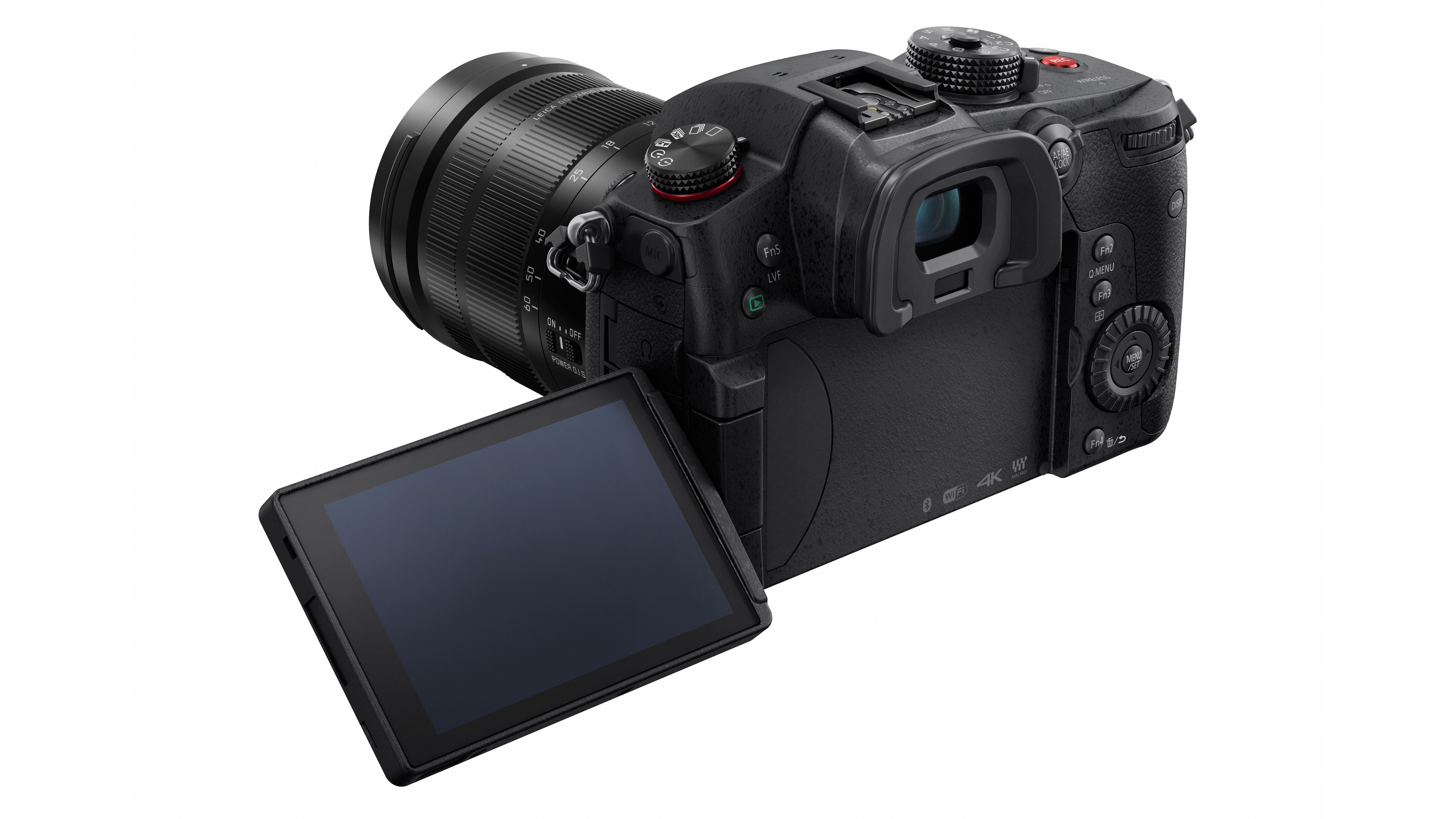
The relatively low resolution of the sensor does offer a payback in other areas. For any given sensor size, lower resolutions mean larger photosites. This means better light-gathering power, less noise and, in principle, better dynamic range.
And here, the GH5’s all-new sensor brings a clever technological twist – Dual Native ISO. This is a feature taken from Panasonic’s professional video camera range, where the sensor has dual circuits that can switch to a higher native sensitivity before the ‘gain’ (light amplifying) processing occurs. The technology is complex but the outcome is simple – Panasonic claims it delivers less noise at high sensitivities, allowing an unprecedented maximum sensitivity (for Micro Four Thirds sensors) of ISO 51,200.
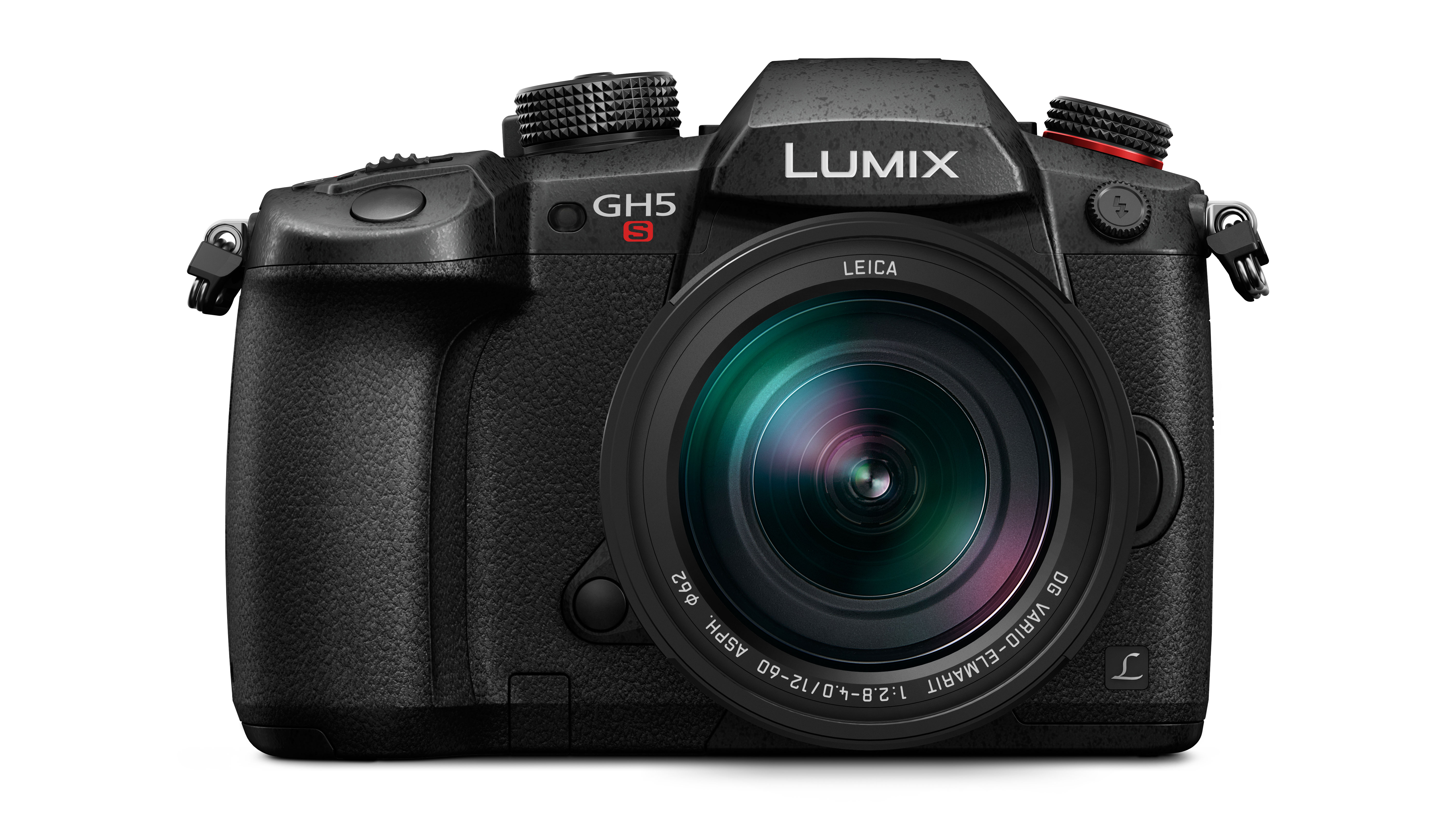
So, for stills photographers, the lower resolution does at least come with the promise of improved all-round image quality. For videographers, this Dual Native ISO feature is designed to appease those reluctant to accept the Micro Four Thirds format and its perceived weakness at high ISO settings – and this seems like a good time to take a closer look at this camera’s video features, and what makes them so special.
Panasonic GH5S video features
To a stills photographer, this camera’s video specifications might not look particularly remarkable. It shoots 4K video, but so do many others, and it also shoots the slightly wider Cinema 4K (DCI 4K) format, which has a ratio of 17:9 rather than 16:9.
It can, however, shoot both at 50p/60p frame rates, which is altogether less common, and requires serious processing power, which inevitably comes at a price. Panasonic’s own Lumix GH5 can shoot 4K UHD video at 50p/60p, but not in the wider Cinema 4K aspect ratio.
So here’s another thing: aspect ratios. The GH5S has a multi-aspect sensor, which means that you get a choice of 4:3, 3:2, 16:9 and 17:9 aspect ratios, but the narrower ratios are not achieved by cropping a taller image. Instead, the oversized sensor means there's no resolution penalty from changing aspect ratios (as far as possible), and each is configured to maximise the available sensor area.
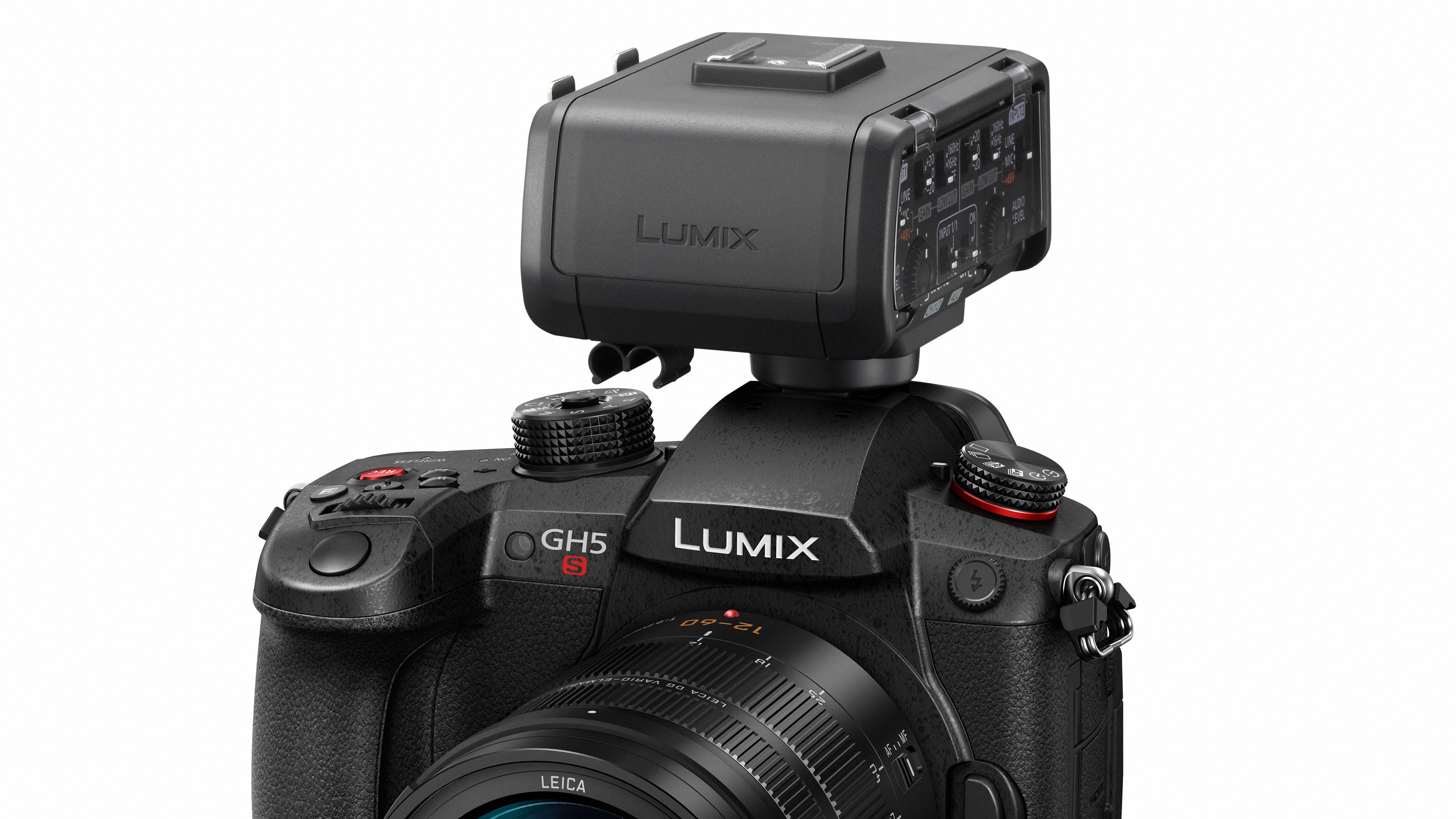
The sensor in the GH5S also offers a high readout speed. It doesn’t offer the holy grail of video sensors, namely an instantaneous full-frame readout – it still has to scan the sensor area rapidly rather than capturing the whole area in a single instant – but it’s still fast enough to reduce the rolling shutter effect sometimes seen with moving subjects. Panasonic says it’s 1.3x faster than the GH5's speed, which should also help stills photographers shooting fast-moving subjects with the electronic shutter.
Where regular cameras place a limit on the maximum video recording time, the GH5S offers unlimited recording. It also records at higher quality levels than those cameras – not in terms of resolution, but colour depth and compression. It does this by recording video at 10bits not 8bits. It might sound like a small difference, but that’s four times the colour data of regular 8-bit video, for smoother gradations in tone and less risk of banding. It also offers higher 4:2:2 colour subsampling, which means less colour interpolation – and all this with internal recording to a memory card.
You can also simultaneously record video to an external recording device via the HDMI port. In fact, this is the one limitation to the internal recording on the GH5S; if you want to capture Cinema 4K or 4K UHD footage at 10-bit 4:2:2 quality and 50/60fps, it will only do this via an external device.
Panasonic’s V-logL mode is included as standard, which means you can capture ‘flat’ video with high dynamic range for grading later, together with HLG (Hybrid Log Gamma) for HDR playback on compatible devices.
As well as offering up to 2.5x slow motion in 4K (60fps recording, 24fps playback), the GH5S can shoot video at up to 240fps at Full HD resolution for a 10x slow-motion effect.
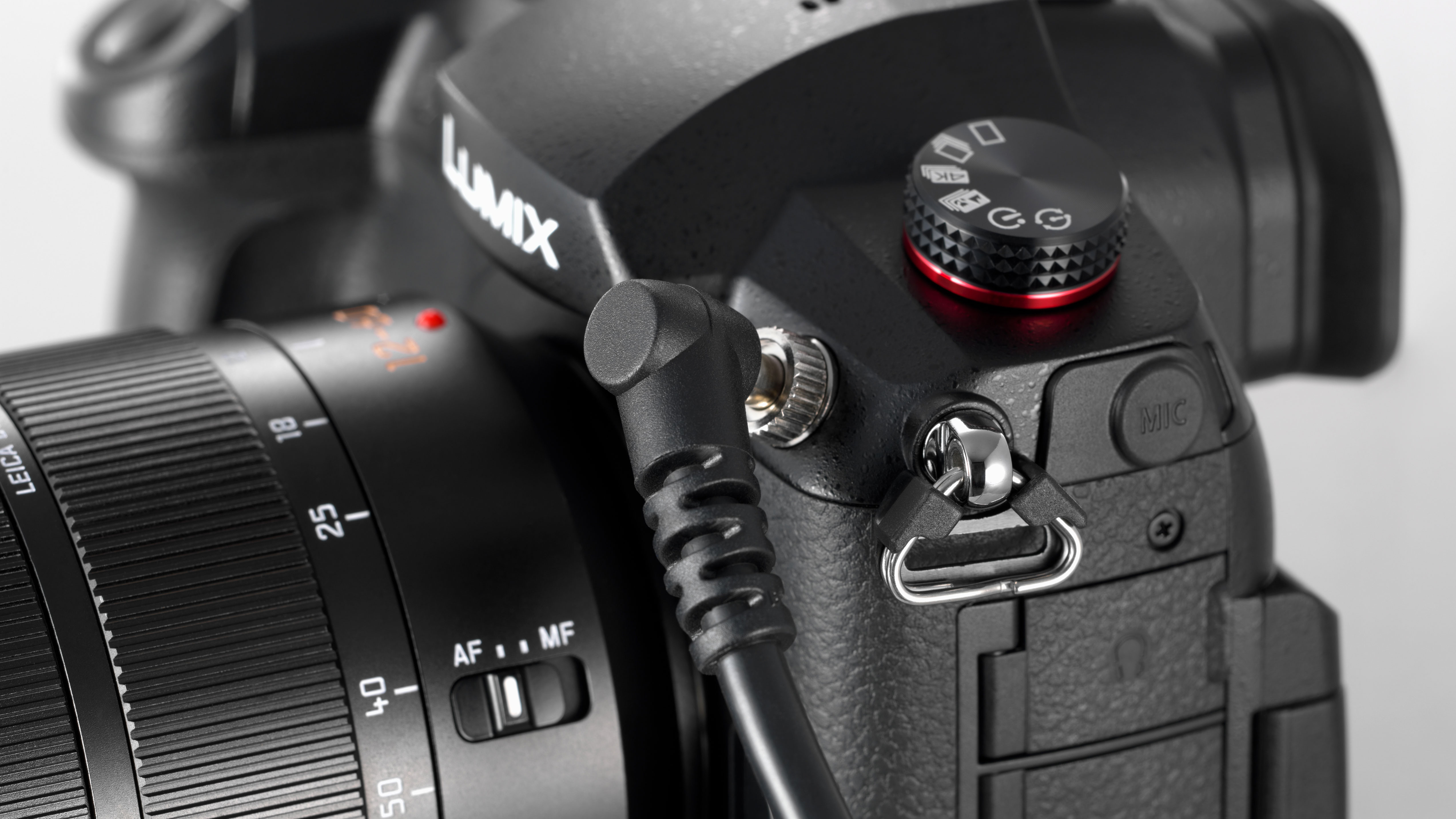
It’s the ability to shoot in multiple recording formats that’s going to appeal to many videographers. The Sony A7 III shoots 8-bit 4K video in the XAVC S format with a bitrate of 100Mbps, whereas the GH5S shoots 10-bit 4K footage at twice the frame rate in a variety of formats with bitrates up to 400Mbps. On paper, one 4K camera looks much like another, but once dig deeper, it’s clear there are considerable differences.
Read more: Phillip Bloom explains how anyone can get started with video recording
One other key feature is the flash synch socket, which doubles as a TC (Time Code) in/out socket via a (supplied) BNC connector. This makes it possible to synchronise time codes with multi-camera shooting setups.
The one dark cloud on the GH5S horizon is the lack of in-body stabilisation. This makes it much less appealing for handheld videography, unless you’re using a stabilised video rig.
The sister print publication to this website, Digital Camera Magazine is Britain's best-selling photography publication – and it can also be purchased outside the United Kingdom as Digital Camera World.
Digital Camera Magazine is packed with more expert advice and more inspirational images than any other title, with the sole aim of helping you become a better photographer. Every issue we also bring you a selection of great gifts which are designed to help you get more from your photography – everything from tips cards and cheat sheets to free software and bookazines.
In addition to inspirational images, interviews, projects, mini tests and tutorials, each issue is packed with news, reviews and comparisons, as well as photographer vs photographer shootouts and head-to-head challenges using the best photo editing software.
The magazine is captained by Editor Niall Hampton.
